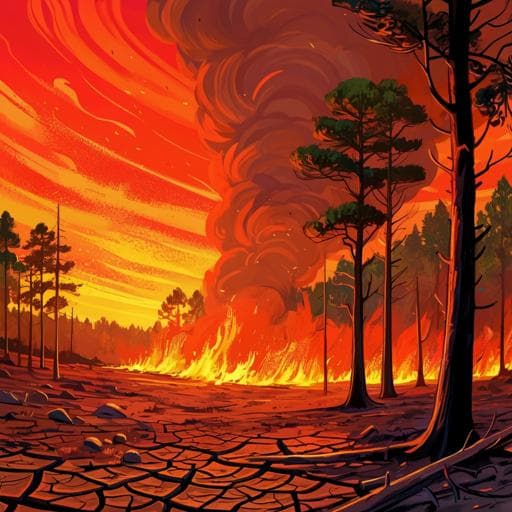
Earth Sciences
Human-ignited fires result in more extreme fire behavior and ecosystem impacts
S. Hantson, N. Andela, et al.
Discover how recent research by Stijn Hantson, Niels Andela, Michael L. Goulden, and James T. Randerson reveals the alarming trends of human-ignited wildfires in California. Their study highlights the urgent need to limit these fires during extreme weather to protect our forests and mitigate tree mortality rates, which are over three times higher for rapidly spreading fires. Tune in to understand the critical insights behind these explosive wildfire patterns!
~3 min • Beginner • English
Related Publications
Explore these studies to deepen your understanding of the subject.







